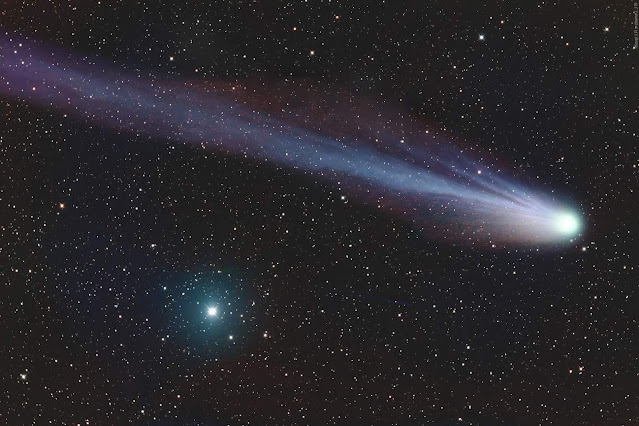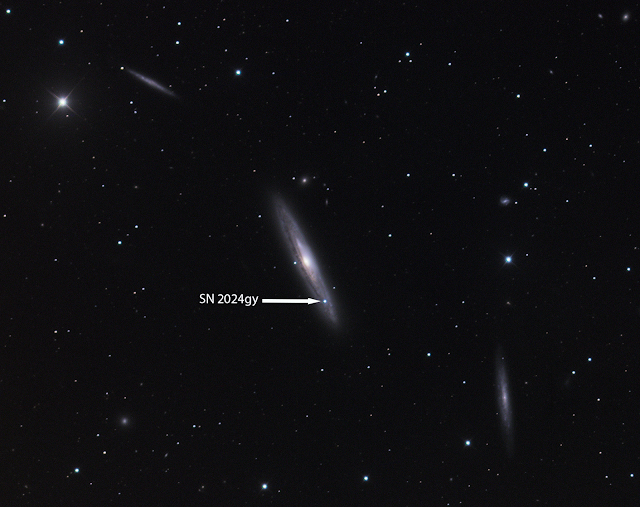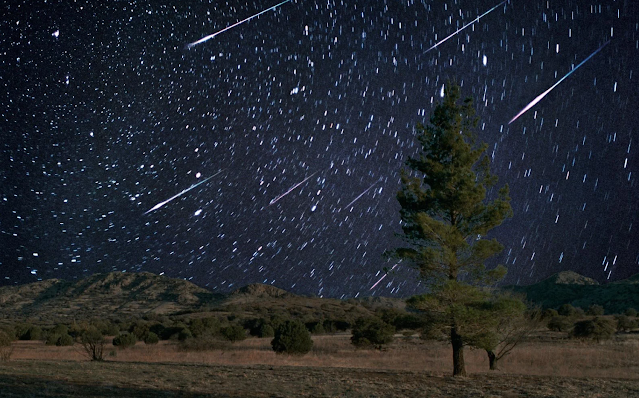Comet 12P/Pons-Brooks - A Celestial Wonder
 |
| Comet 12P/Pons-Brooks was imaged by Lukas Demetz and processed by Rolando Ligustri using Insight Observatory's affiliate remote telescope, AFIL-23 located in Nerpio, Spain. |
Comet 12P/Pons-Brooks, a captivating icy traveler named in honor of the remarkable comet hunters Jean-Louis Pons and William Robert Brooks, periodically graces our skies, leaving stargazers in awe. Let's explore the fascinating tale of this celestial phenomenon that has captured the imagination of astronomers and skywatchers alike.
In the early 19th century, Jean-Louis Pons, armed with telescopes of his own design, established himself as a legendary astronomer figure by visually discovering an astonishing 37 comets. This record remains unbroken to this day. Among his discoveries was an enigmatic object spotted on July 12, 1812—a comet with no apparent tail. Over the following month, this mysterious celestial body brightened, becoming dimly visible to the naked eye. By August 15, it reached its peak brightness, sporting a distinctive split tail. This remarkable comet was named Comet Pons-Brooks, shining at a fourth magnitude. Pons's legacy endures as one of history's greatest visual comet discoverers.
Comet 12P/Pons-Brooks follows a 71-year orbit, classifying it among the Halley-type comets—those with orbital periods ranging from 20 to 200 years. As it journeys closer to the sun, its absolute visual magnitude reaches about 5. Imagine an icy visitor, erupting like a cryovolcanic comet, spewing bursts of gas and ice into the vastness of space. These eruptions temporarily enhance its brightness, making it visible even to the naked eye and adding to its allure as a celestial spectacle.
Observing the "Devil Comet"... In 2024, Comet Pons-Brooks will make its much-anticipated return, gracing our skies near a solar eclipse. To catch a glimpse of this celestial vagabond, arm yourself with good binoculars or a telescope and a sky map. Seek it out in the night sky, guided by the enduring legacy of Pons and Brooks. If fortune favors you, you may witness its icy splendor—a breathtaking reminder of the cosmic dance that has captivated astronomers for centuries.
As we marvel at the celestial beauty of Comet Pons-Brooks, let's indulge in a playful thought experiment: If we were to stack bananas end to end, how many would reach its height? The astonishing answer is approximately 46,449 bananas—a delightful and quirky way to appreciate the scale of this celestial wonder.
In conclusion, the next time you gaze upward at the night sky, remember the enduring legacy of Pons and Brooks and seek out the "devil comet" as it graces our cosmic stage with its mesmerizing presence.








Comments
Post a Comment